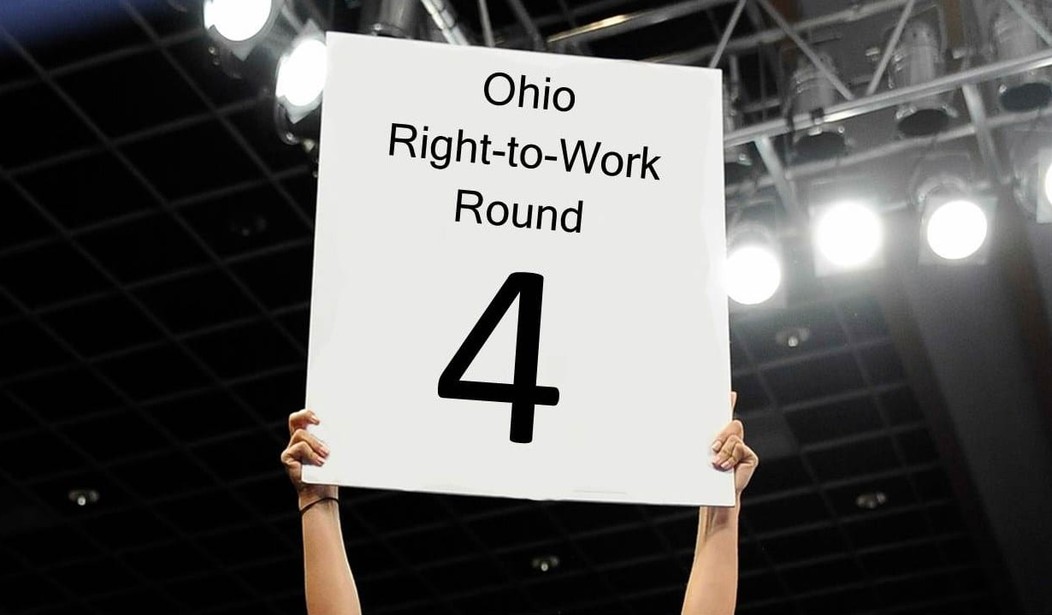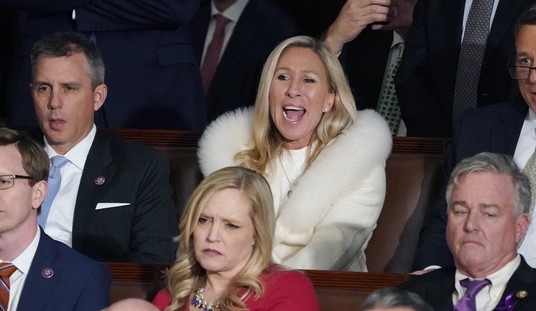The last time I wrote on right-to-work (RTW) was in January to report that Kentucky had just become a member of the growing RTW club. Since then, Missouri passed its own RTW legislation on February 6, becoming the 28th state to allow workers, as the National Right to Work Committee puts it, “The right to get or keep a job without having to pay tribute to union bosses.”
Clearly, RTW has continued its national momentum, and the next state up to bat may be New Hampshire, where state legislatures are scheduled to vote on two RTW bills in the very near future. In the meantime, it’s worthwhile to take another look at the map given in the earlier Kentucky article showing the correlation between 2016 presidential red states and their RTW statuses. In the revised map below, Missouri has been added as a RTW state.
Missouri has historically voted blue, but has shifted to red in the latter half of the 20th century. This is true for the South in general. Virginia, on the other hand, is a RTW state and has historically voted red in the latter half of the 20th century, but has voted blue in the last three presidential elections. Nevada is a RTW state but has been historically mixed in its presidential leanings, even though it has voted predominantly blue in more recent elections.
The interesting red state political standouts are Montana, Ohio, and Pennsylvania. These states have historically voted red in presidential elections, with Ohio being the only one of the three that currently has a Republican governor and a Republican House and Senate. Based on that alone, you would think Ohio would be chomping at the RTW bit.
Unfortunately, Governor John Kasich is still licking his wounds from a failed 2011 attempt at a limited RTW law known as Senate Bill 5. The bill would have restricted collective bargaining rights of public employees, such as police officers, firefighters, and teachers.
In regards to any legislation involving unions, we have all heard the pro and con arguments before. Supporters of Senate Bill 5 characterized the legislation as a necessary measure “to help public employers control labor costs” and reduce tax burdens to make Ohio more competitive with other states. Whereas, labor unions and other opponents characterized the bill as “a union-busting attack on the middle class.”
In the end, pro-labor forces convinced voters to overturn the bill—and overturn it they did by nearly 2 to 1 in a November 2011 referendum. The opposition by Democrats and labor unions to the legislation sparked numerous protests mirroring similar demonstrations that were staged in Wisconsin against Governor Scott Walker.
Kasich now denies RTW is even needed in Ohio. Furthermore, legislative leaders from both parties have reacted coolly to RTW, arguing right-to-work laws don’t lead to job growth as promised.
That sentiment hasn’t stopped further attempts. In 2015, State Rep. Tom Brinkman (R-Mount Lookout), proposed a broader RTW bill that included private sector unions. That bill never got far.
Recently, State Rep. John Becker, a Clermont County Republican, has introduced his second RTW bill that currently has the support of 12 House Republicans. The current bill is identical to his first bill and allows public sector employees to opt out of joining a union or paying dues. Conversely, it allows unions to opt out from representing employees who don’t join.
In addressing the 2011 loss, Becker told PJ Media, “There is no relationship or overlap between SB 5 from 2011 and RTW. SB 5 was about restricting bargaining rights to save taxpayers money. RTW restores freedom of association to workers and does not change bargaining rights in any way.”
Since Becker’s bill is restricted to public sector employees and unions, it will have limited general economic impact. But Becker is quick to add, “It is more about freedom of association.”
Becker takes great pride in his conservatism. He includes the following statements after his email signature block:
- Identified as an “archconservative” by the Columbus Dispatch
- Labeled as “…arguably the most conservative member of the Ohio House,” by the Cincinnati Enquirer
- Claimed to be, “…no shrinking violet,” by the Columbus Dispatch.
According to Becker, he and Gov. Kasich just have a “difference of opinion” regarding RTW, but “The question is no longer if Ohio joins the chorus of right to work states, but when.”
Becker’s question is relevant to any state, especially those surrounded by RTW neighbors as Ohio nearly is. Economically, Opportunity Ohio, a policy think tank, claims:
Over the last 23 years, right-to-work states have grown at a much greater rate than forced unionization states. The average worker freedom state grew 43.3 percent, while the average forced unionization state grew only 16.7 percent. Ohio’s economy only grew a mere 8 percent during this time.
If Opportunity Ohio is correct, it will be interesting to see how Ohio and Montana, and the historically blue states of New Mexico, Colorado, Minnesota, and Illinois deal with economic isolation due to neighboring free market labor competition. If states are the “laboratories of democracy,” then there is plenty of experimentation going on.










Join the conversation as a VIP Member